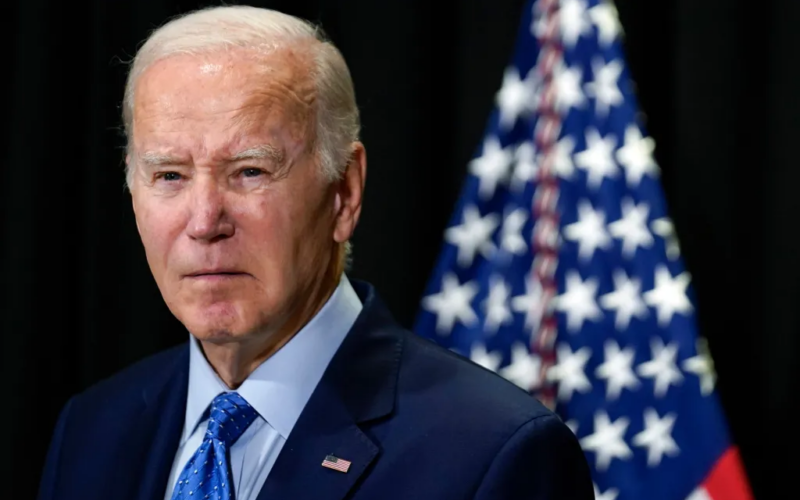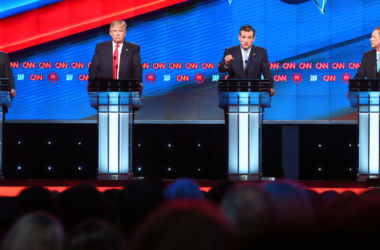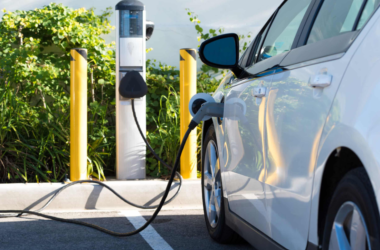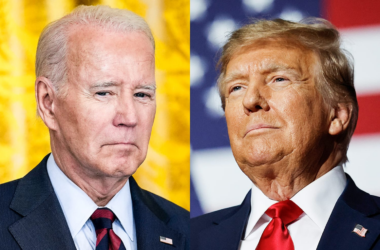Lingering concerns about President Biden’s age are causing Democrats to worry that traditionally safe blue states like Minnesota, New Hampshire, New Mexico, and Virginia might become competitive in the upcoming election.
President Biden’s insistence on staying in the presidential race has alarmed many within his party, who fear his presence on the ticket is turning these light-blue states into contested battlegrounds. This shift follows a particularly poor debate performance last month, which has led to a tightening race in several states Biden won comfortably in 2020.
Recent polls indicate a narrowing gap between Biden and former President Donald J. Trump in these states. One poll even shows a virtual tie in Virginia, which hasn’t voted for a Republican president since 2004, and another shows Trump slightly ahead in New Hampshire, a state that has favored Democrats since 2000.
On Tuesday, the Cook Political Report, a prominent election forecaster, downgraded New Hampshire and Minnesota from “likely” Biden wins to “leaning” in his direction. Additionally, New Mexico Governor Michelle Lujan Grisham expressed concerns to Biden last week that he might lose her state.
The potential for these states to flip has significant implications for Biden’s campaign, which is already expected to face tough battles in must-win states like Michigan, Pennsylvania, and Wisconsin. If the battleground map expands, the campaign may need to divert resources from these key states.
Despite the concerns, Biden has remained steadfast in his commitment to run, asserting at a news conference on Thursday, “I’m determined I’m running,” and downplaying his poor polling numbers.
While some view predictions of states flipping as speculative, experienced Democratic operatives believe the threat is real. David Axelrod, a strategist behind Barack Obama’s presidential victories, noted, “I think it’s something that has to be taken seriously.”
In Minnesota, Governor Tim Walz acknowledged that his state is “in play” this year and appears more competitive than in 2020. Similarly, New Mexico and Virginia are showing signs of being more closely contested than in previous elections.
The Trump campaign, while not heavily present on the ground yet, has plans to open offices in Minnesota and Virginia. Trump’s campaign spokesperson, Anna Kelly, stated that he is appealing to voters across the political spectrum with his agenda to lower costs, secure the border, and restore peace through strength.
Historically, Trump came close to winning New Hampshire and Minnesota in 2016, adding to his campaign’s optimism. However, the Biden campaign has dismissed these efforts, highlighting Trump’s lack of infrastructure and advertising. Instead, Biden’s team points to its substantial investment in offices and staff across key states.
Local Democratic officials in Minnesota, New Hampshire, and New Mexico have expressed skepticism about Trump’s chances. Ken Martin, chairman of Minnesota’s Democratic Party, and Kathy Sullivan, former chairwoman of the New Hampshire Democratic Party, both believe Trump has not made significant inroads in their states.
Nevertheless, concerns about Biden’s age, inflation, and his debate performance have left some voters considering alternatives. In New Mexico, for instance, an internal Democratic poll showed Biden leading Trump by only three percentage points.
In Virginia, where Democrats regained control of the General Assembly last year, party leaders are urging the Biden campaign to remain vigilant. Mayor Levar Stoney of Richmond emphasized the need to treat Virginia as a “deep purple state” that requires attention.
There are also growing concerns that Biden might face challenges in Democratic strongholds like New York and Oregon. A poll in New York showed Biden with a single-digit lead over Trump, and a recent survey in Oregon found a similar narrow margin.
These developments underscore the uncertainty and challenges facing the Biden campaign as the election approaches.








